End of an era as the last of east Manchester's gas holders comes down
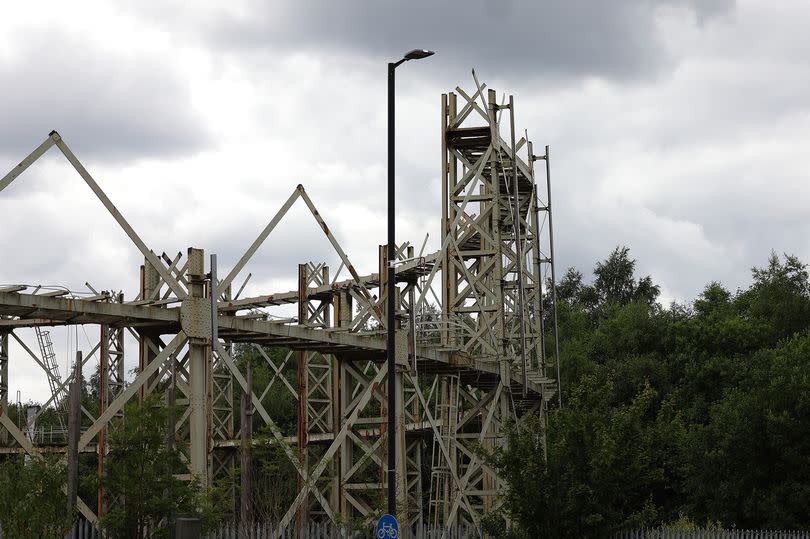
A familiar sight is disappearing from Manchester's ever-changing skyline.
For generations east Manchester's gas holders could be seen from the terraced streets and council estates of Ancoats, Beswick, Bradford, Miles Platting and Newton Heath.
But now the last of the industrial structures - just off Alan Turing Way near the Etihad stadium - is being taken apart. The work, which began earlier this month, is progressing at such a pace that while parts of the gas holder remain, it is no longer visible from the streets it used to tower over.
READ MORE: Couple 'thought they were going to die' after Manchester night out in sickening gang attack
A neighbouring gas holder, between Bradford Road and the Ashton Canal, was taken down late last year. It comes after landowners National Grid were given permission to demolish the structures in 2022.
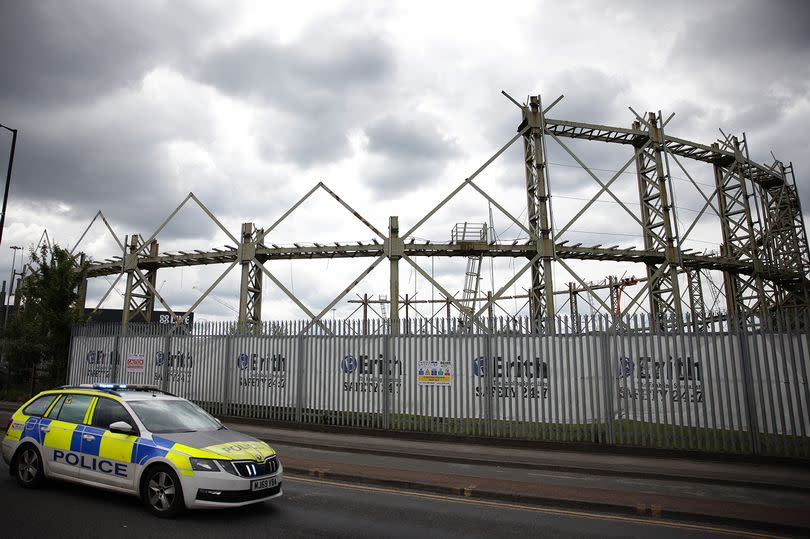
While some saw the late-Victorian era gas holders as an eyesore, they were a familiar, even cherished sight to some local people and Manchester City fans streaming into the area from across Greater Manchester and beyond to the Etihad stadium.
And crucially, they were reminders of the industrial past in an area which - as home to Premier League champions, plus cycling, athletics and squash facilities, and now, the 20,000 capacity venue Co-op Live - has reinvented itself as a centre of sports and entertainment.
Where east Manchester is now thronged with fans on event days, it was once buzzing with workers employed by its factories, mills, dyeworks, gas works, brick works, power station and coal mine.
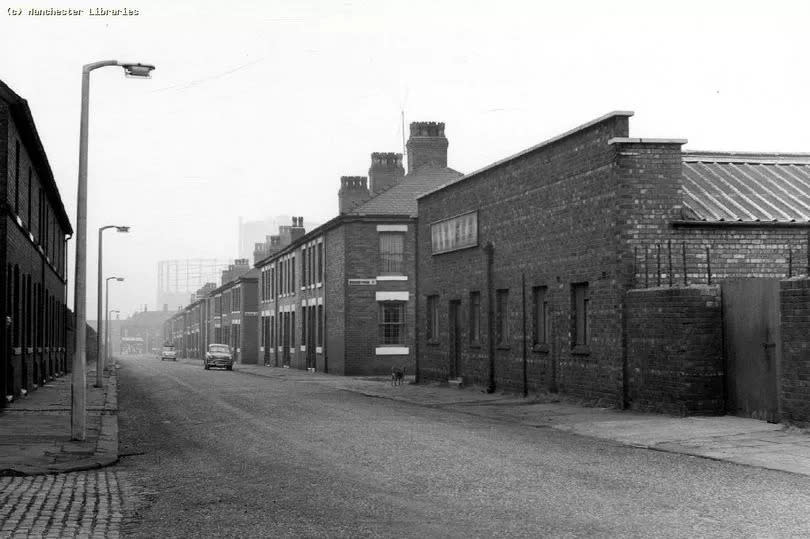
Now, the mills that line the eastern outskirts of the city centre are the most visible reminder of the area's past as a great workshop of the world. Like them, the gas holders, or gasometers, harked back to another age.
Invented exactly two hundred years ago, gas holders were used to store large volumes of gas from nearby gas works, with the iron frame surrounding an inner chamber which would lift depending on how much was being stored.
East Manchester's gas holders - along with others across Greater Manchester - were once vital to securing local energy supply.
But the discovery of gas in the North Sea in the 1960s saw the local gas trade decline and, with most gas being transported via high pressure pipes, the inner chambers of gas holders were no longer used, leaving the stark, wrought iron frames behind.
These structures - which had fallen completely out of use by the early 2000s - became seen as local landmarks at best, at worst, eerie leftovers of post-war, post-industrial decay.

No plans have been announced for the Bradford Road or Alan Turing Way gas holder sites, but both have previously been earmarked for future development.
In 2019, National Grid hinted at the potential for the sites to be turned into housing, by saying they would want to work with local authorities and housing developers and appealing for interested parties to get in touch.
Council bosses have previously described East Manchester's gasholders as ‘key constraints’ to regeneration - and a town hall masterplan for the area, published in 2017, called for 'creative solutions' in dealing with them.
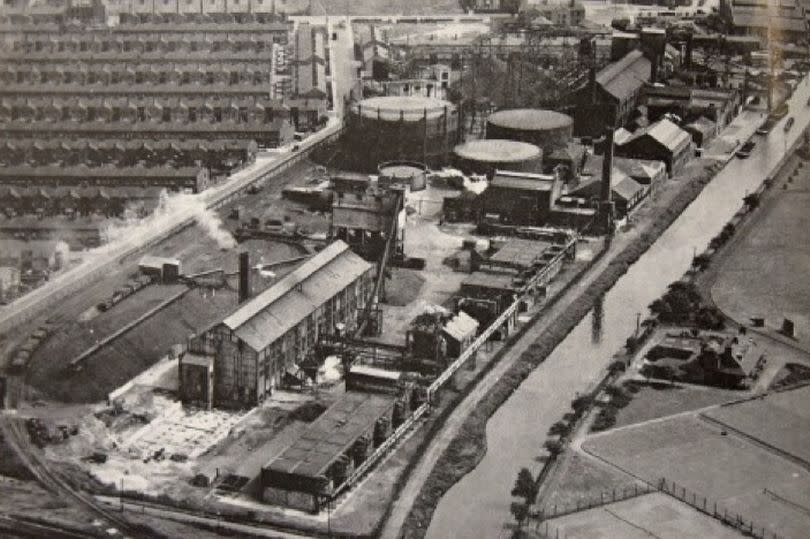
Around a dozen gas holders across the country are listed, however, and several in London’s King’s Cross have been turned into luxury apartments, with the frames remaining as part of the design. In parts of Greater Manchester, such as Bolton and Stretford, the gas holders have previously been dismantled and torn down.
Earlier this year, Place North West reported that the plots of land on which east Manchester's gas holders stood had been put up for sale, along with an L-shaped plot close to the Etihad's blue car park. Describing how the three sites totalled 16 acres, the property professionals' website reported: "The sites have hit the market as the next wave of regeneration in East Manchester gathers pace."
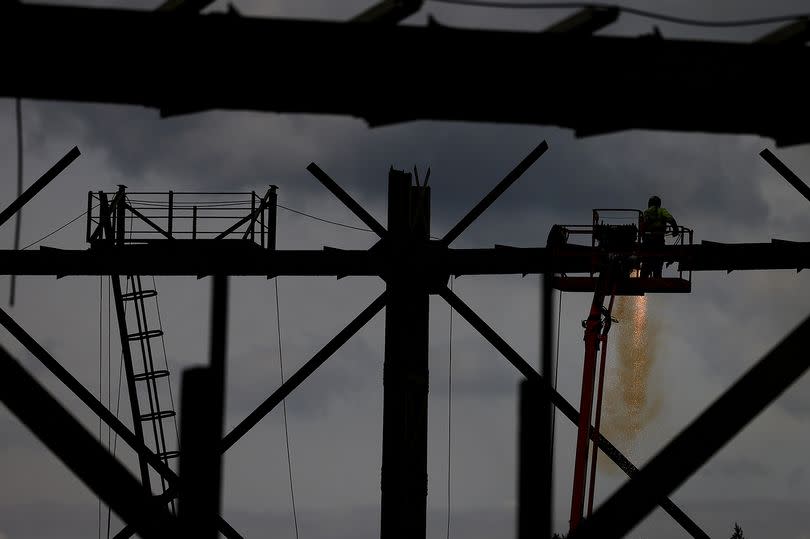
This week an M.E.N photographer captured what remained of the gas holder off Alan Turing way as it was taken down, piece by piece.
Last year, before the neighbouring gas holder by Bradford Road (Saxon Street) was demolished, National Grid invited people to come and see the 30m high, 77 diameter structure before it vanished from the landscape.
Back then, Nadia Dew, Regeneration Manager at National Grid, said: “We recognise that gasholders are important to local communities. As well as the visits and the film, we’re working on a history booklet of the former Bradford Road Gasworks site, looking at donating parts of the gasholders to local organisations and undertaking heritage recording. This will ensure the history of the site is captured for future generations to understand the role gasholders played in our industrial heritage.”
Want to read more on east Manchester's past?

 Yahoo News
Yahoo News 
